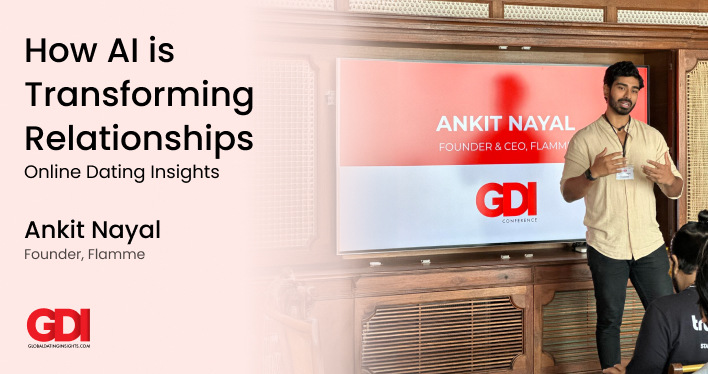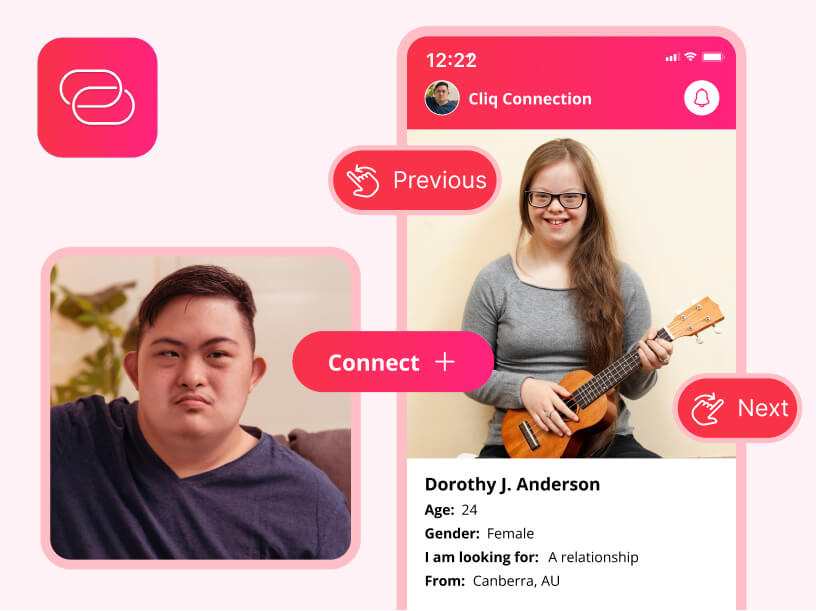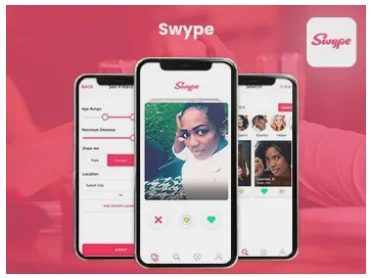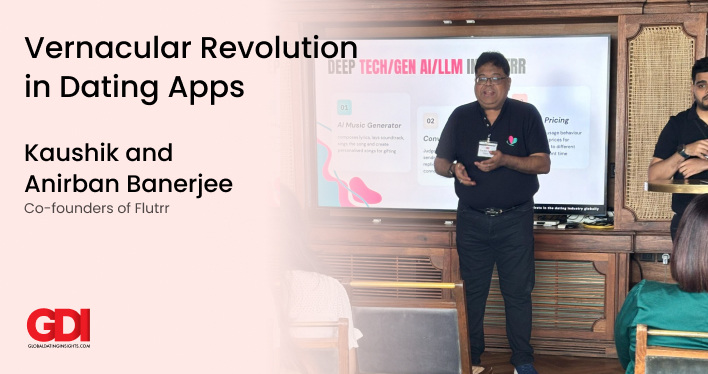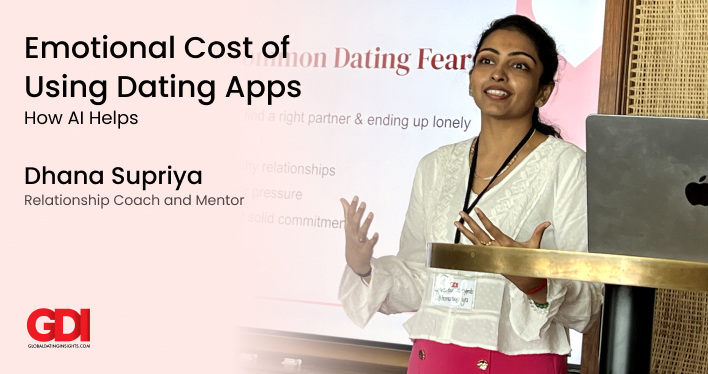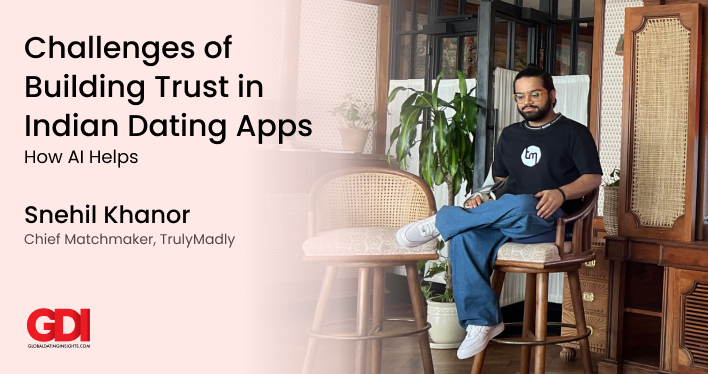Contents
In an age where AI governs everything from our search results to the music we listen to, the realm of human relationships isn’t far behind. But while AI is often celebrated as a game-changer in dating and relationships, could it also be driving us apart?
At the GDI Mumbai Conference 2024, Ankit Nayal, the founder of Flamme, shared compelling insights into how AI is reshaping the dynamics of love and connection. His presentation posed a vital question: Is AI enhancing romance or eroding its authenticity?
The Problem: Love in the Time of Algorithms
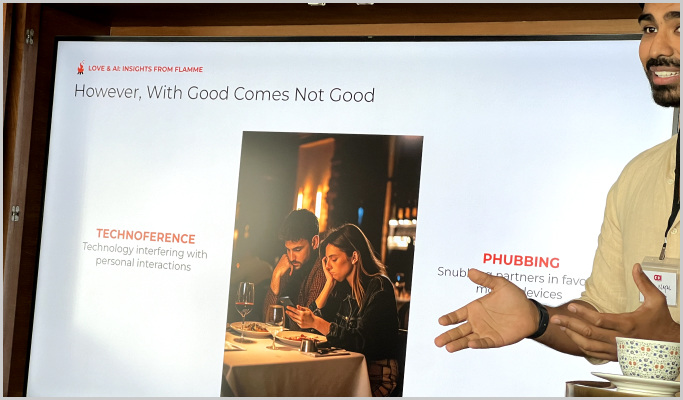
Historically, romantic connections evolved from handwritten love letters and arranged matches to algorithm-driven swipes on Tinder. Today, AI promises to take things further by not just helping us meet potential partners but also improving long-term relationships.
However, at GDI Mumbai Conference 2024, Nayal highlighted a concerning trend: technoference and phubbing, where technology interferes with real-world interactions. Have we reached a point where tech offers connection at the cost of human intimacy?
The Evolution of Dating Technology
Nayal traced the journey of dating technology from its analog roots to its digital dominance:
- Early days of romance: Love letters, newspaper matrimonials, and handwritten notes symbolized a deeply personal connection.
- The digital shift: Match.com and messaging platforms like MSN paved the way for online dating, but true disruption came in 2013 with Tinder’s swipe-based model.
- The present: Apps like Bumble and Hinge now focus on meaningful matches, but Nayal noted a critical gap—tools to nurture relationships after the honeymoon phase.
Flamme seeks to fill this gap by leveraging AI to help couples reconnect, making it a standout in a crowded dating app market.
AI in Love: Enhancement or Erosion?
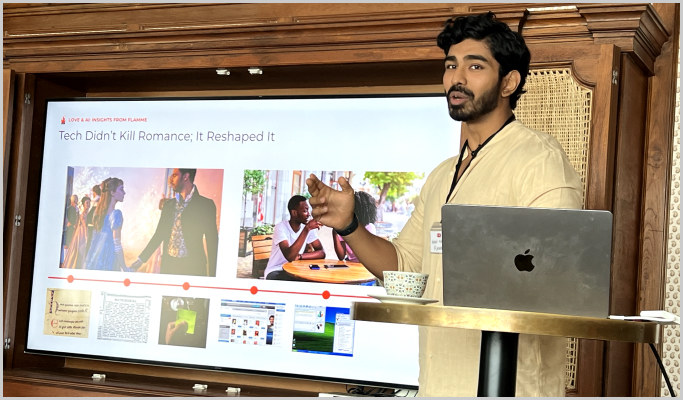
The presentation by Ankit Nayal explored two divergent roles AI plays in relationships:
Enhancement
- AI offers couples tools like personalized relationship diagnostics, daily questions, and communication strategies.
- Virtual reality (VR) and AI-powered solutions bring couples closer, particularly in long-distance scenarios.
- Flamme’s AI relationship coach and gamified features promote emotional intimacy, with retention rates surpassing even TikTok.
Erosion
- Over-reliance on AI Responses: Nayal warned about scenarios where AI-generated messages mislead users into false connections, blurring the line between genuine emotion and pre-programmed interactions.
- Ethical concerns around trust, data privacy, and emotional manipulation add to the debate.
Lessons from Flamme’s Journey
Nayal candidly shared Flamme’s challenges and pivots, offering valuable insights for anyone into dating app development:
- Retention is key: Flamme pivoted from a date-planning tool to a more robust relationship app after realizing poor retention rates.
- AI alone isn’t enough: While an AI coach initially sounded revolutionary, Nayal found that users preferred tools that encouraged human interaction over standalone AI features.
- Cultural localization: For markets like India, where topics like intimacy are sensitive, tailoring AI content to local norms is essential.
The Future of AI in Relationships
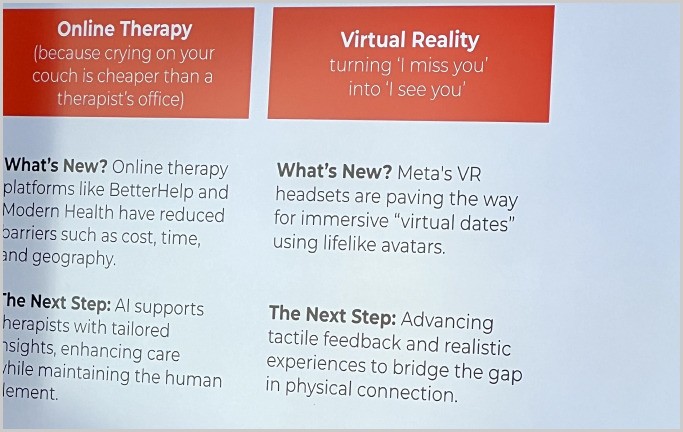
Nayal painted a thought-provoking picture of what lies ahead:
- Online therapy augmented by AI: Developing AI-based apps could supplement therapists with data-driven insights to improve outcomes for couples.
- Immersive VR experiences: Advancements like tactile feedback could make long-distance relationships feel more “real.”
- Data-driven relationship hubs: AI-powered platforms providing actionable relationship advice are already gaining traction globally.
What Does This Mean for Developers?
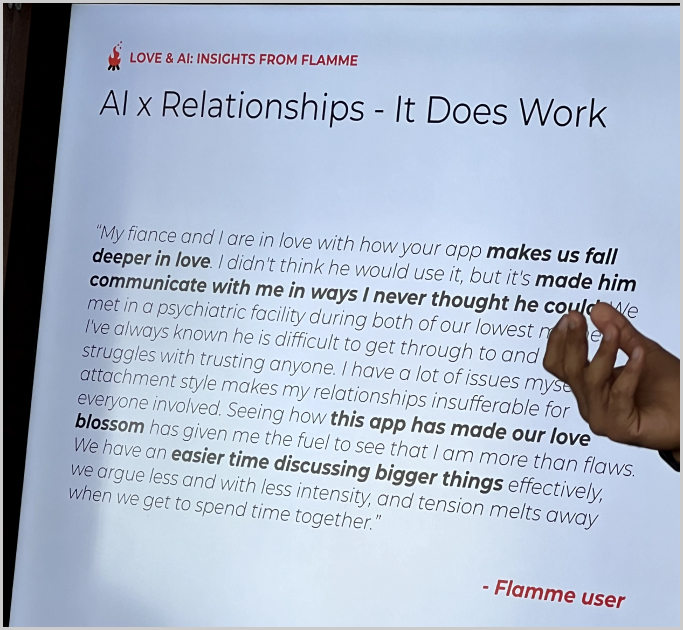
For developers and companies looking to develop dating app, Nayal’s journey underscores critical considerations:
- Focus on retention: Build features that keep users engaged beyond the initial novelty.
- Gamify intimacy: Incorporate interactive, gamified elements that make emotional connection fun and rewarding.
- Leverage AI responsibly: Balance innovation with ethical practices, ensuring data privacy and authenticity in user interactions.
- Localize thoughtfully: Adapt to cultural contexts while respecting sensitivities.
Controversial Takeaway: The Double-Edged Sword of AI in Love
Nayal’s presentation didn’t shy away from addressing AI’s ethical challenges. As he noted, “AI enhances the human connection rather than replacing it,” but does this always hold true? From AI-generated responses misleading users to couples substituting real communication with digital tools, the line between connection and convenience is blurrier than ever.
Conclusion: The Human Element in AI Love
While AI has undeniable potential to revolutionize relationships, Nayal’s insights highlight a universal truth: Love thrives on authenticity. Developers, entrepreneurs, and couples must ask themselves—are we using AI to enhance human connection, or are we letting it replace what truly matters?
Top Dating Apps developed by Space-O
Curious About Building the Next Transformative Dating App?
Explore our comprehensive guide to dating app development to learn how to incorporate AI and craft meaningful user experiences. At Space-O Technologies, we specialize in turning visionary ideas into scalable, impactful solutions.
